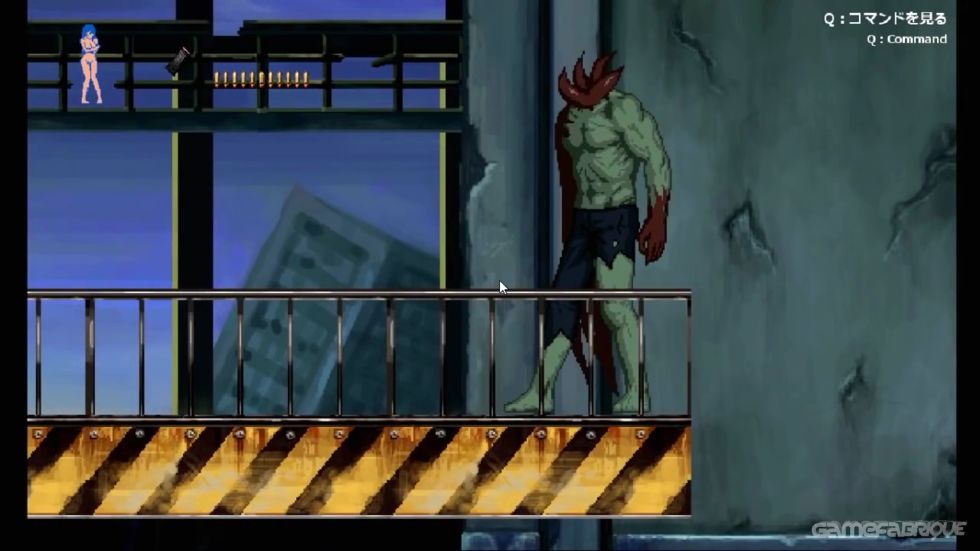

The game is fully completable to the finish and is now being expanded upon the base gameplay. Currently in development, each session is set to be medium length (around 2-3 hours to complete). Parasite is a roguelike survival horror game about possession set in a modern-day setting. The paraSITE units in their idle state exist as small, collapsible packages with handles for transport by hand or on one's back.NOTE: The demo is outdated and does not reflect the current state of the project! But it will still give you a good idea of what to expect in the game. In employing this device, the user must locate the outtake ducts of a building's HVAC system. The intake tube of the collapsed structure is then attached to the vent. The warm air leaving the building then inflates and heats the double membrane structure. Since 2000, more than twenty paraSITE shelters have been custom built and distributed to homeless individuals in New York and Baltimore. All were built using temporary materials that were readily available on the streets, such as plastic bags and tape. On a purely pragmatic level, the shelters enable survival on the city streets by siphoning the warm air being expelled by a building's heating system into the double membrane inflatable. The homeless never come into direct contact with the potentially harmful exhaust air, as it circulates through the two layers of polyethylene and the shelter is heated through conduction. While in use, the shelters function not only as temporary places of survival and retreat, but also as stations of dissent and empowerment: many of the homeless users regard their shelters as a protest device, some shouting slogans like "We beat you Uncle Sam!". The visibly parasitic relationship of these devices to the buildings, appropriating a readily available situation with readily available materials elicits immediate speculation as to the future of the city: would these things completely take over, given the enormous number of homeless in our society? Could we wake up one morning to find these encampments engulfing buildings like ivy? The shelters communicate a refusal to surrender, and make more visible the unacceptable circumstances of homeless life within the city.įor the pedestrian, paraSITE functions as an agitational device. ParaSITE has also disrupted the epidemic of invisibility and alienation that continues to marginalize our cities' homeless.


It has created a platform where, through the appearance of "strange" inflatable technology, the curious passerby might seek to engage the inhabitant, in discussion: no longer hidden in the periphery of our vision, they are afforded some level of equality and importance. In New York City, the project took on new life in conjunction with then-Mayor Rudolph Giuliani’s Winter 1999-2000 enactment of the city's "anti-homeless, anti-tent laws". According to this law, any structure, domed or otherwise, standing in excess of 3.5 feet above the ground and capable of housing someone inside, is considered a tent, and use of the structure on city streets is considered illegal camping. The inhabitant of said tent can be ticketed or arrested. Given the incidence of homelessness in New York City, these laws are clearly meant to anticipate the possibility of “tent cities” and to prevent against an appropriation of “public” space. In response to the ordinance concerning height, one homeless man, Michael M., raised the question of what would happen if his shelter was shorter than the 3.5 foot maximum, thereby challenging the defensive efforts of the city and circumventing the law.

The resulting shelter stood only 18 inches above the ground. If he was questioned, ticketed or even arrested by the police, he could argue that the anti-tent laws did not apply because the shelter is not, in fact, a tent. In reality, the police were intrigued by this subversion and a discussion would often ensue between Michael and the officers. After measuring the shelter, the officers would move on. Thus, what could have been perceived as a drawback illuminated some of the fascinating loopholes that exist in this specific municipal infrastructure Michael M. He completely revolutionized the project: many homeless people that I designed for subsequently sought a lower, more compact design to address the same laws. The project was inspired by research I had completed as part of a one-month architectural residency in Jordan, in January 1997. While there, I had focused on the tents and equipment of the Bedouin.
#Parasite in city skin
As nomadic desert tribes, their shelters take into account the way that the wind moves through the desert via a sort of aerodynamics: the rigid pole networks that anchor and support the fabric skin of the tent are often positioned at specific angles so that the tent does not collapse.


 0 kommentar(er)
0 kommentar(er)
